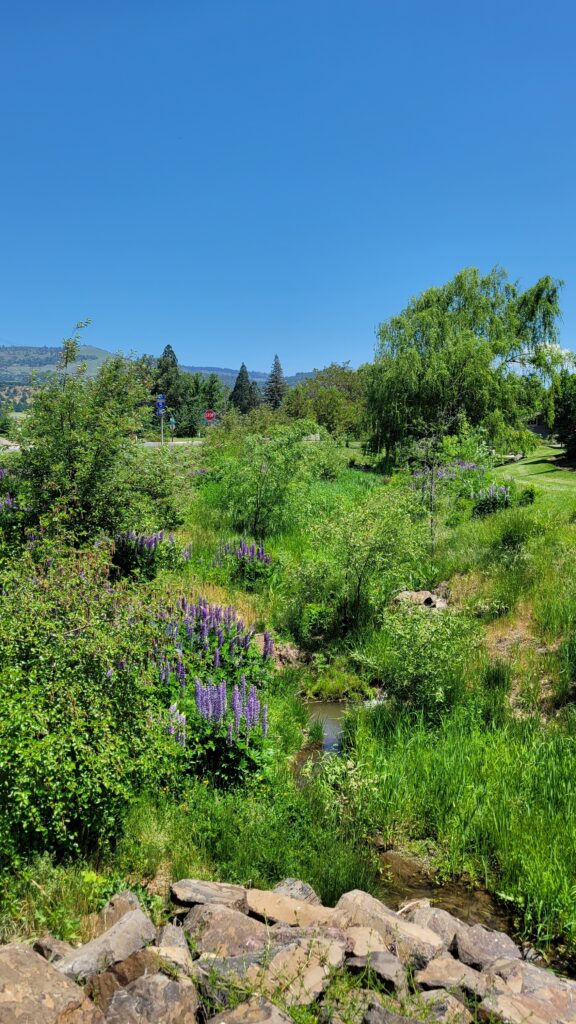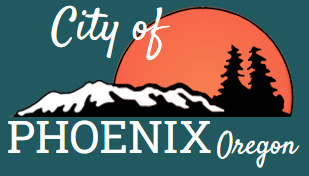Wetlands & Riparian Protection

Wetlands and riparian areas are as varied as the landscapes that they occupy and perform so many important natural functions, such as controlling floodwater, cleaning and storing water, and providing natural habitat for plants and animals, it’s best to avoid them when planning a project. Healthy wetlands and riparian areas can maintain or improve water quality and have both recreational and economic benefits. As flooding or runoff occurs, wetlands and riparian vegetation reduce water velocity, capture sediment and filter the nutrients and pollutants (pesticides, heavy metal, etc.) that would otherwise run into a water body.
Lack of vegetation in a riparian area can indicate a recent disturbance (fire, flooding, pathogens, etc.) that changed the conditions for successful plant growth. Disturbance is a natural phenomenon, but if extended can lead to the degradation of a system and leave it vulnerable to invasive takeover. Shallow-rooted vegetation may also be an indicator of degradation. Riparian vegetation needs deep, strong roots to stabilize stream banks against erosion and filter pollutants.
